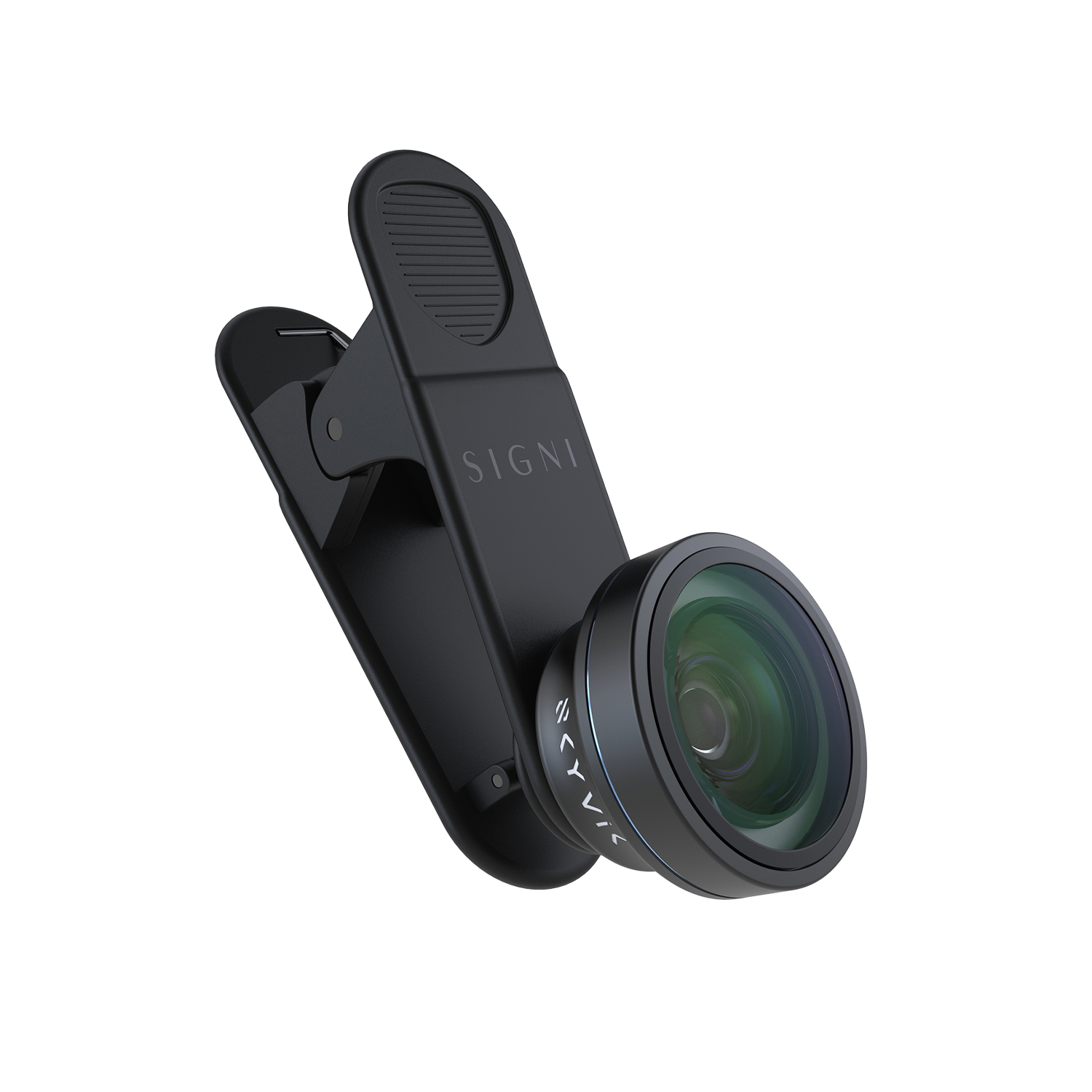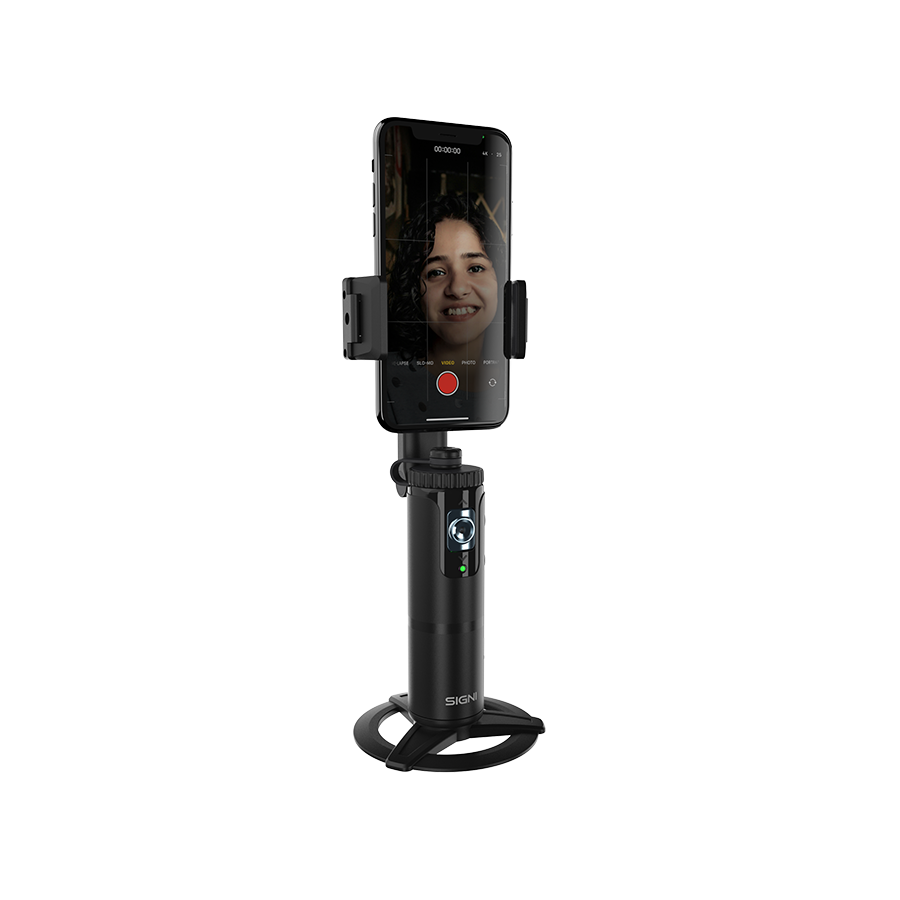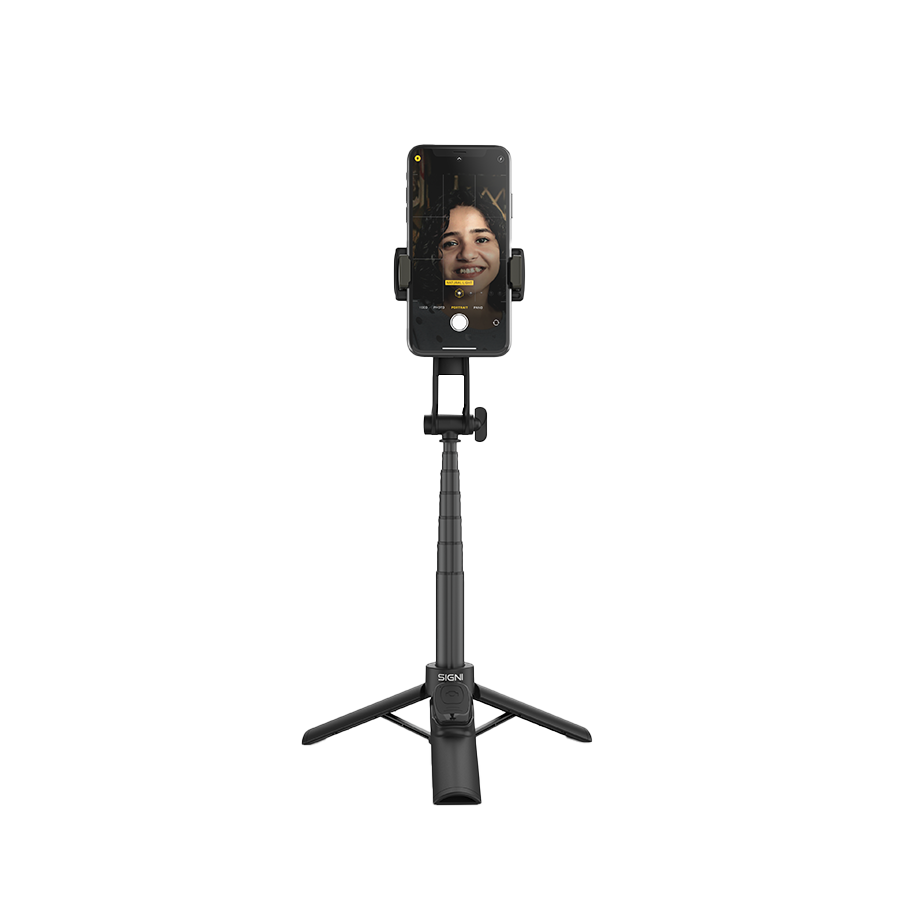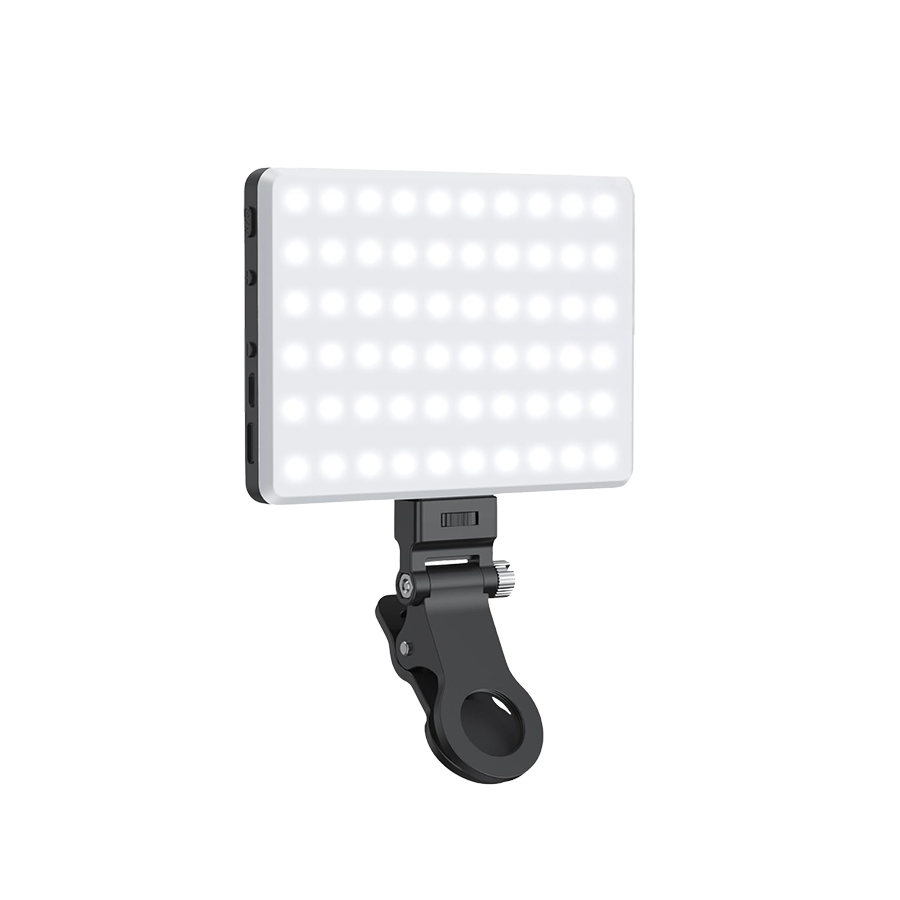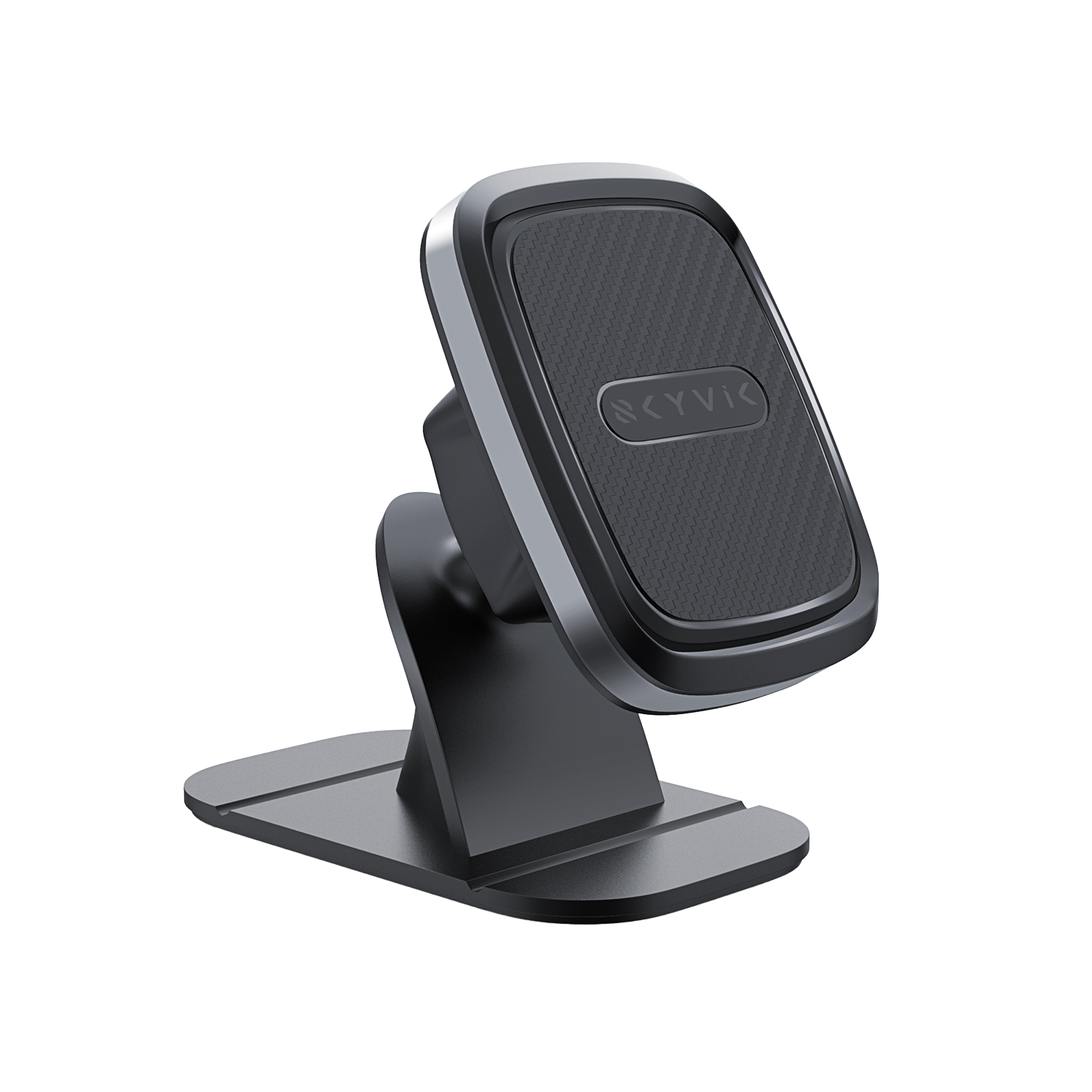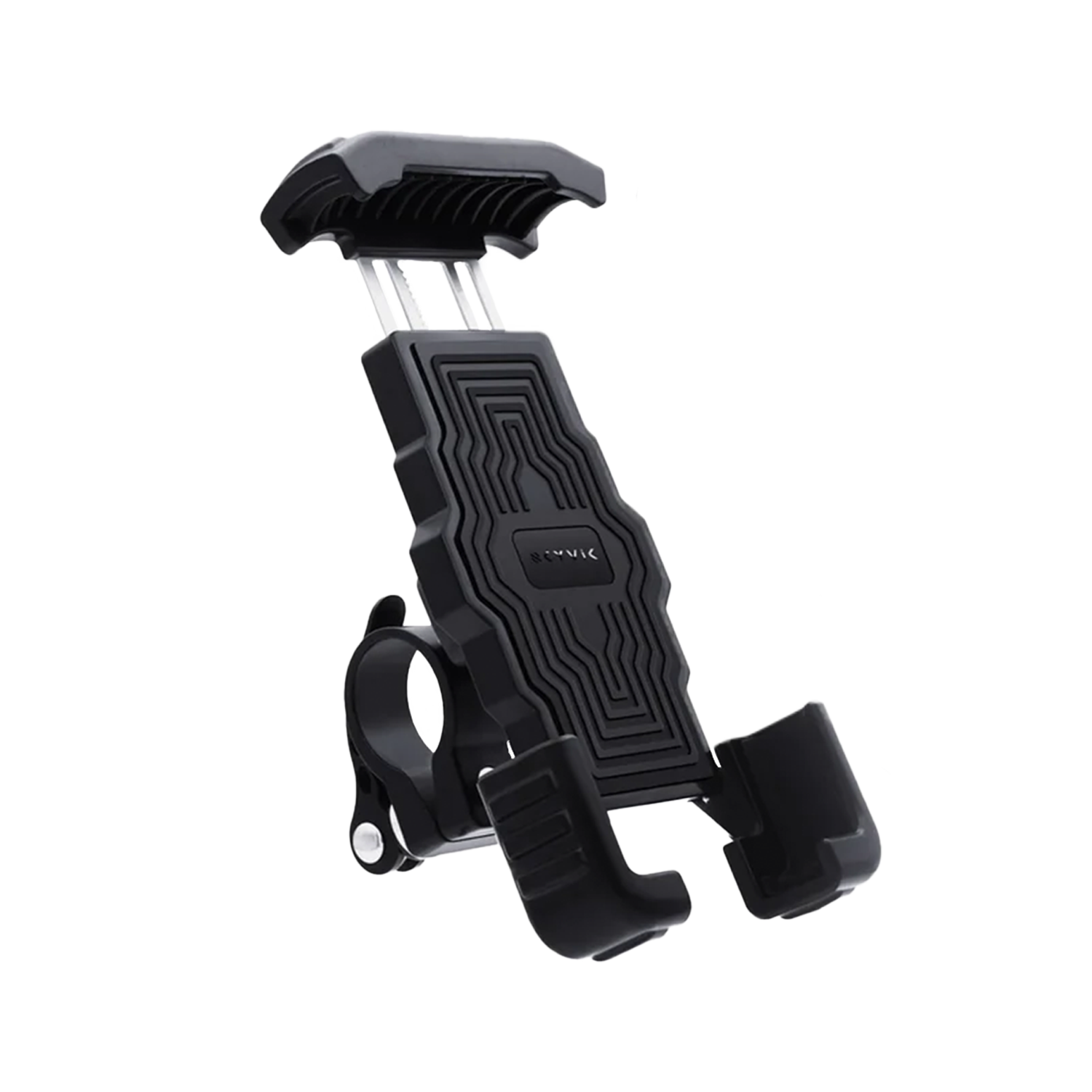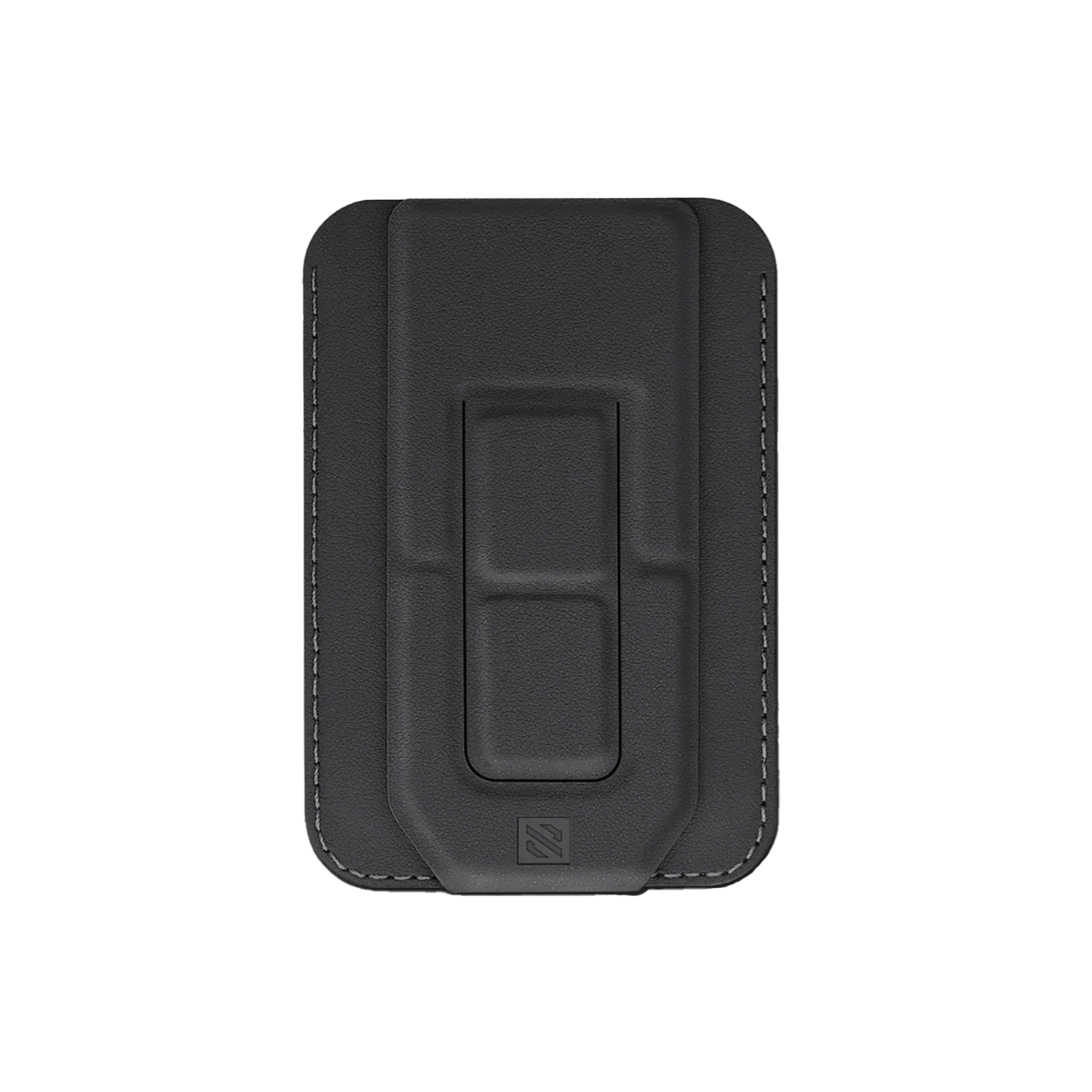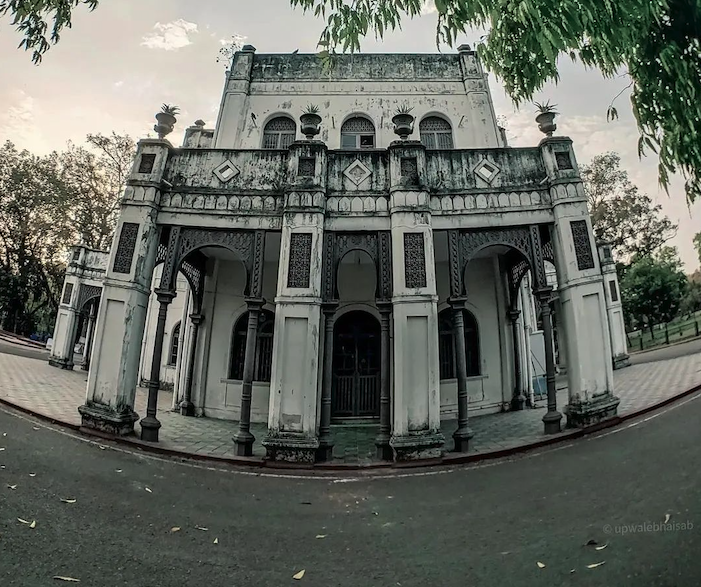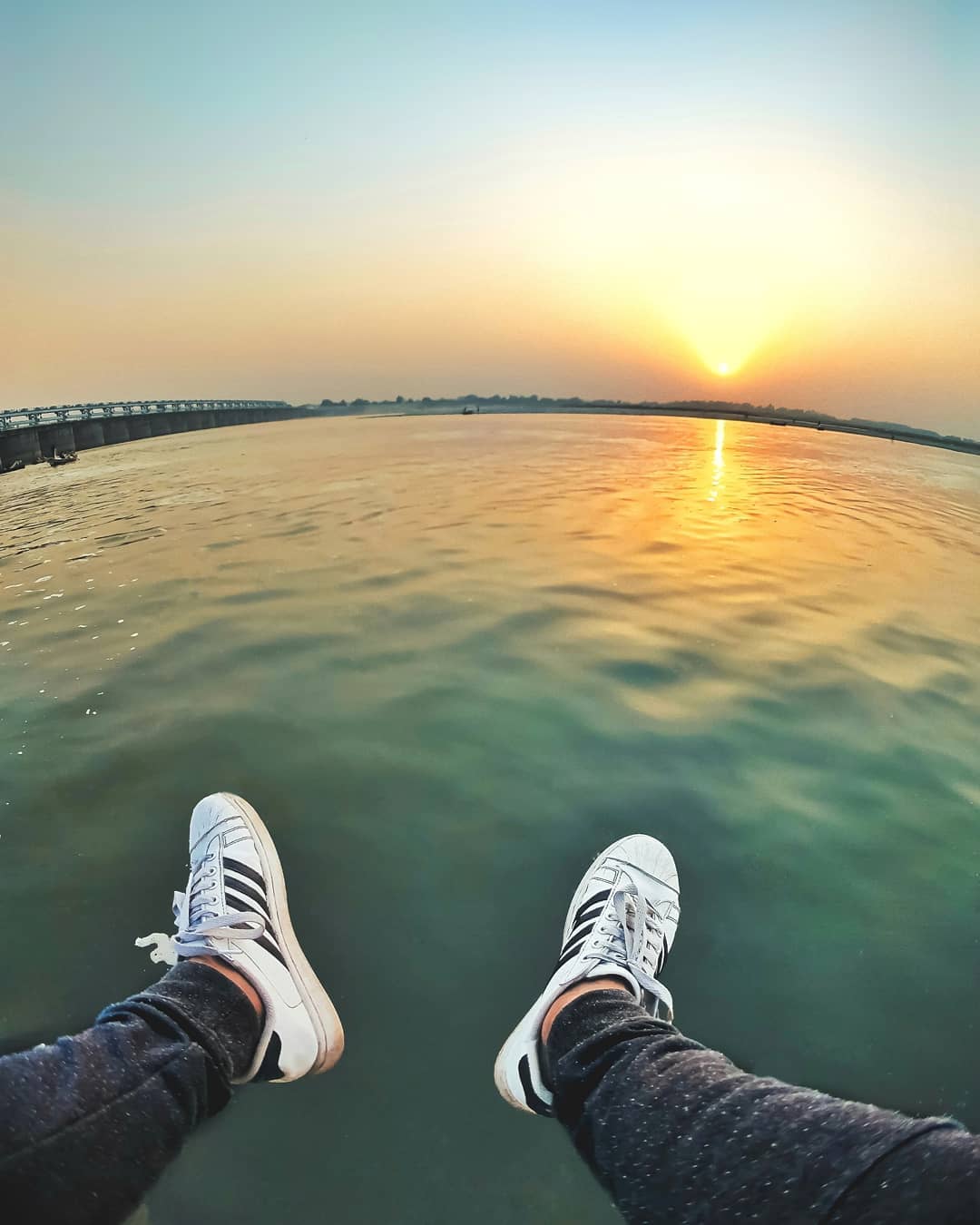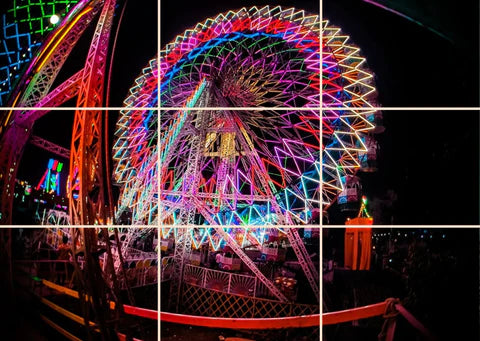MOBILE LENSES
Mobile Holders
Everyday Essentials

Understanding Your Smartphone Camera
4 min read
In the fascinating world of smartphone photography, your camera is your ultimate tool for capturing stunning images. To unleash its full potential, it's crucial to have a thorough understanding of your smartphone camera's capabilities. Let's dive into the key aspects you should know:
1. Familiarize Yourself with the Camera Interface
Every smartphone model has its unique camera interface, so take some time to explore the settings and features available. Get acquainted with options like photo mode, video mode, and panorama mode. Understanding how to switch between different modes will give you greater flexibility when capturing different types of shots.

2. Know Your Camera's Focal Length
Focal length affects the field of view and the apparent distance between objects in an image. Some smartphones offer multiple lenses, such as wide-angle and telephoto lenses, allowing you to choose the focal length that best suits your subject. Experiment with different focal lengths to see how they impact your compositions.

3. Aperture and Its Impact on Depth of Field
In advanced smartphone cameras, the aperture may not be adjustable like in DSLRs, but it still plays a role in determining the depth of field. Larger apertures (smaller f-stop numbers) result in a shallower depth of field, where the subject is in focus, and the background appears blurred. Understanding this can be valuable when creating artistic and impactful images.

4. The Role of ISO in Low-Light Photography
ISO determines the sensitivity of the camera sensor to light. Higher ISO values are useful in low-light conditions, but they can introduce noise in the image. Strive to keep the ISO as low as possible to maintain image quality, and use it strategically when shooting in challenging lighting situations.

5. White Balance for Accurate Colors
White balance ensures that the colors in your images appear natural and accurate. Different lighting conditions can cast different color tones, so adjusting the white balance setting can help you achieve the desired color temperature in your photos.

6. Utilizing the Gridlines for Composition
The gridlines on your camera's display can serve as a valuable compositional aid. The rule of thirds is a popular technique where you align the main elements of your composition along the gridlines or at their intersections. This creates visually balanced and appealing images.

7. Taking Advantage of Exposure Compensation
Exposure compensation allows you to manually adjust the exposure levels of your images. If you find that your photos are consistently too dark or too bright, use exposure compensation to fine-tune the exposure and get well-balanced results.

8. Understanding Autofocus and Manual Focus
Most smartphone cameras have an autofocus feature, which can be beneficial for quick and spontaneous shots. However, in some situations, the autofocus may not accurately focus on your desired subject. Knowing how to switch to manual focus mode can give you more control over your image's sharpness.

9. Using HDR Mode for High-Contrast Scenes
High Dynamic Range (HDR) mode is perfect for capturing scenes with extreme contrast between light and shadow. When enabled, your smartphone takes multiple shots at different exposure levels and combines them to produce an image with a balanced tonal range.

10. Experimenting with Burst Mode
Burst mode is excellent for capturing fast-moving subjects or sequences of action. By holding down the shutter button, your smartphone will take multiple shots in rapid succession, increasing the likelihood of getting the perfect shot in dynamic situations.

11. Exploring Pro and Manual Modes
Many smartphones now offer pro or manual modes that allow you to adjust settings like shutter speed, ISO, and white balance manually. These modes provide greater creative control over your images, making them invaluable for advanced smartphone photography.

12. Maximizing the Use of Portrait Mode
Portrait mode, also known as bokeh mode, is designed to create a shallow depth of field, blurring the background and highlighting the subject. It's perfect for capturing professional-looking portraits and emphasizing the beauty of your subject.

13. Utilizing Night Mode for Low-Light Scenes
Night mode is a game-changer for low-light photography. It uses sophisticated algorithms to capture multiple exposures and combine them into one well-exposed and noise-free image, allowing you to take stunning photos even in the darkest of environments.

14. Getting Creative with Panorama Mode
Panorama mode enables you to capture sweeping vistas and breathtaking landscapes. Simply follow the on-screen instructions to pan your smartphone smoothly across the scene, and let your camera stitch the images together seamlessly.

15. Embracing Slow-Motion and Time-Lapse
Many smartphones offer slow-motion and time-lapse video recording. Slow-motion is ideal for capturing details in fast-moving scenes, while time-lapse is perfect for condensing long periods into short, captivating videos.

16. Making the Most of Selfie Mode
Selfie mode is tailored for capturing self-portraits with your front-facing camera. To take the best selfies, experiment with angles, lighting, and facial expressions to portray your best self.

17. Cleaning Your Camera Lens Regularly
Last but not least, keep your smartphone camera lens clean. The lens can accumulate smudges and dust, affecting image quality. Use a microfiber cloth to wipe the lens gently and ensure your photos remain sharp and clear.

Understanding your smartphone camera is the first step to mastering advanced smartphone photography. With this knowledge in your arsenal and the help of Skyvik's expert tips and accessories, you'll be well on your way to capturing breathtaking images like a pro.

